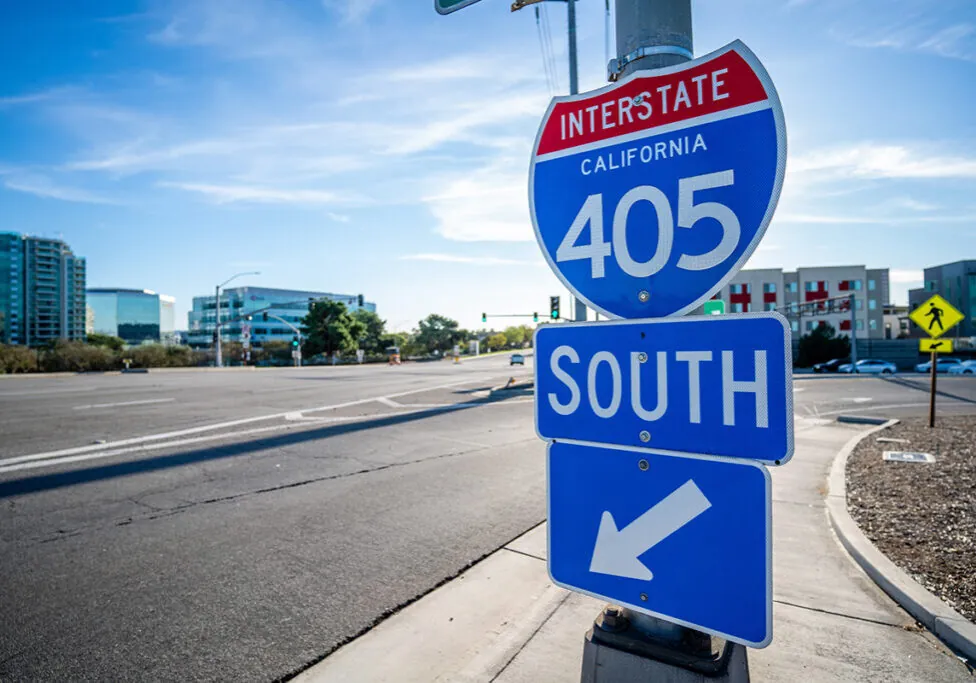The 2022 California wildfire season has, to date, not been nearly as destructive as in recent years. With approximately two months left of peak fire season, the number of acres burned is — thankfully — just 16% of the end-of-summer 5-year average. But considering some of the most devastating fires since 2014 raged after Sept. 1, experts caution it’s still too early to declare victory as the dry north winds of the fall reach already dry fuels.
California wildfire season by the numbers
In early September, the CAL FIRE incident archive reported the following numbers, most in sharp contrast to the 2021 record (included in parenthesis):
- 365,140 estimated acres burned (vs. 2.5 million acres)
- 6,473 incidents (vs. 8.835 incidents)
- 9 fatalities (vs. 3 fatalities)
- 876 damaged or destroyed structures (vs. 3,629 structures)
Four of those fatalities occurred during the first week of September when two blazes — known as the Fairview and Mill fires — underscored how emergency alert systems can’t always keep up with the increased velocity of the flames.
The Los Angeles Times reported the Fairview fire seared through 2,000 acres in its first six hours, achieving a “critical rate of speed” and trapping two people as they attempted to flee the Avery Canyon area. The Mill fire also quickly took off in Siskiyou County, killing two people in separate locations while consuming 4,000 acres in 12 hours.
Lack of landlines cause issues
Officials said the fact many residents no longer have landlines has made it harder to reach people in emergency situations. Cell phone providers are not required to provide local emergency management departments with their customers and addresses. Instead, it’s up to customers themselves to enroll. But authorities warn the emergency alerts may still not reach them as many digitally powered homes do not work during power outages.
Very dry condition can fuel fast-moving blaze
More than 97% of California is under severe, extreme, or exceptional drought, making it the driest 22-year period in at least 1,200 years. In such conditions, a spark can quickly turn into a blaze. As much as 90% of wildfires can be traced to human activity. According to the National Interagency Fire Center, common causes for wildfire ignition include:
- Unattended campfires
- Fallen power lines
- Discarded cigarettes
- Vehicle crashes
- Equipment and vehicle uses
- Arson
- Fireworks
- Firearms and explosives use
- Misuse of fire by minors
- Railroad operations and maintenance
What does the law say about wildfire prevention and liability?
Let’s take a closer look at California Government Code Section 51182. To paraphrase, it specifies a range of actions people must take if they own, lease, control, operate, or maintain an occupied dwelling or occupied structure in, upon, or adjoining a mountainous area, forest-, brush- or grass-covered land, or land that’s covered with flammable material. If the area or land is within a designated “very high fire hazard severity zone” (Section 51179), they must, for example, do the following:
- Maintain defensible space of 100 feet from each side and from the front and rear of the structure (State law, local ordinance, rule, or regulation may require a greater distance).
- Remove any portion of a tree that extends within 10 feet of the outlet of a chimney or stovepipe.
- Maintain a tree, shrub, or other plant adjacent to, or overhanging a building, free of dead or dying wood.
- Keep the roof of a structure free of leaves, needles, or other vegetative materials.
In addition, it’s everyone’s responsibility to avoid actions that can result in wildfires. Tossing out lit cigarettes, using matches in no-fire zones, or setting off fireworks in restricted areas can also land the responsible party in legal trouble. If you, for example, were affected by a wildfire because another party or parties failed to take reasonable steps to prevent it, you may be able to hold them legally and financially liable for the fire and any related losses.
The key to a successful claim is gathering evidence that meets the burden of proof.
In a wildfire case, evidence may include, for instance, accident reports, eyewitness accounts, photos, videos, expert opinions, and more. A civil case requires enough evidence to show the defendant is more likely to be responsible for the damages than not. A claim alleging negligence will focus on establishing whether the defendant had a duty to exercise reasonable care but caused the wildfire by acting unreasonably.
Contact Penney & Associates
Have you or a loved one suffered injuries or loss as a result of a wildfire and need legal help to receive the compensation that you deserve? The lawyers at Penney & Associates have decades of experience and are experts in personal injury law. Schedule a free consultation to learn more.
* This blog is not meant to dispense legal advice and is not a comprehensive review of the facts, the law, this topic or cases related to the topic. For a full review of our disclaimer and policies, please click here.
Read more:
Flight refunds: How to get your money back
Wrongful death: Who can bring a lawsuit and 4 more facts you should know
Phone use while driving: A leading cause of distraction



